The Skipper and I launch our small sail-and-oar boats from our beach and dock, and coming and going we have to negotiate several obstacles. With the boathook we may pole off the beach, fend off from our beach groins, or push off the dock. We’ll also paddle to and from the dock and in and out of the wind shadow created by the shoreside trees. We like to carry as little gear as possible when sailing, so we created a combination paddle and boathook, which we call a “padook.” The blade of a Greenland paddle is narrow enough to provide a good grip when using the boat hook, but has plenty of area for power when used for paddling.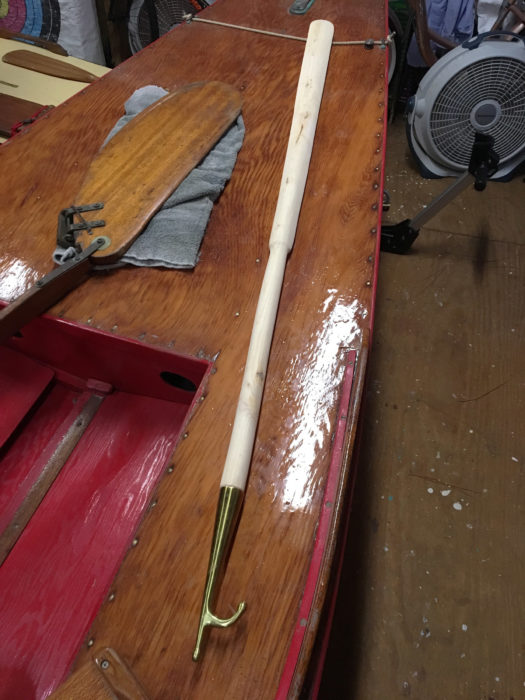 Photographs by the authors
Photographs by the authors
Join The Conversation
We welcome your comments about this article. To include a photo with your remarks, click Choose File below the Comment box.


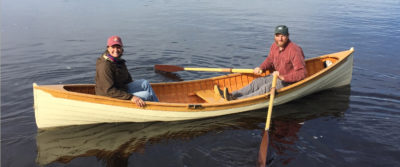
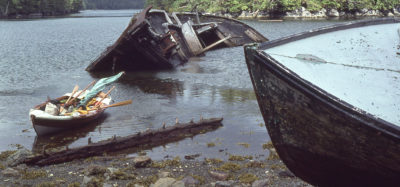
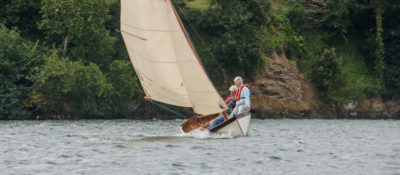
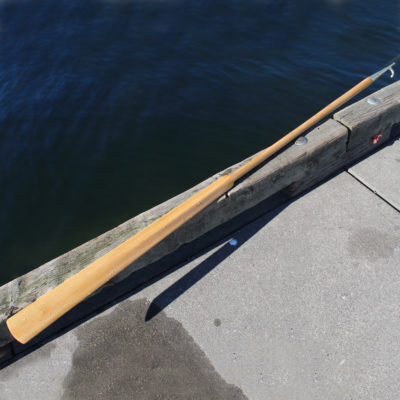
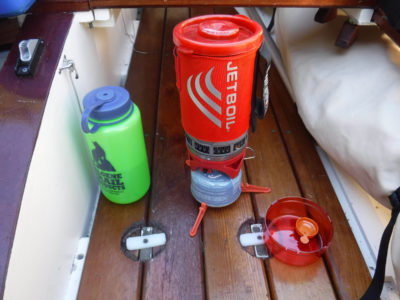
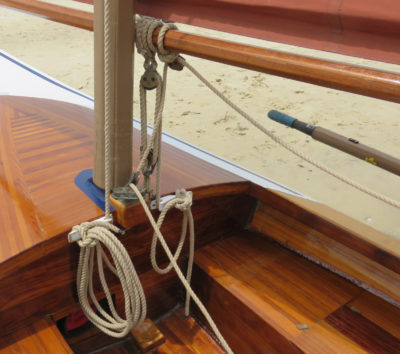

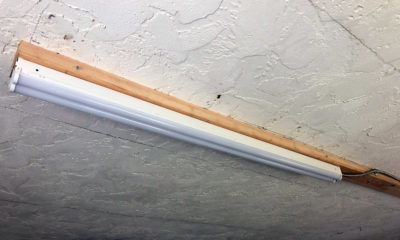


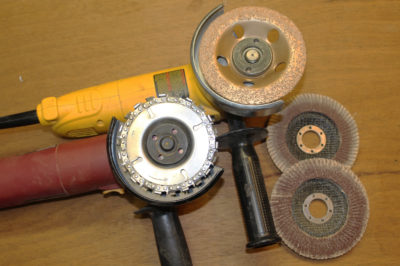
I carry a canoe paddle in my day sailer and have often thought about having a boat hook as well. The Padook is too good of an idea to pass up. Another project!
Thank you.
Beautiful work Chris, love the detail photos. Leave it to you to make it look easy and fast!
Cheers
Skipper and Kent
That Kent and Audrey have all the good ideas.
Geoff Kerr at Two Daughters Boatworks had a combo big paddle and hook on one of his videos but what we did was incorporate the slim design of the Greenland blade. It is very easy to grab, use, and stow on our small boats.
We also made a tiny paddle with the Greenland blade shape for our Sunfish. It fits in the cockpit, comes in handy on a no-wind day to paddle through a tack with one or two sweeps. Oh, wait, that’s Top Secret info….
Hi Chris,
I finally got to make one of these paddle/hooks, a couple of years after the article came out. I used lumberyard spruce and the Wooden Boat bronze hook. Greenland style blade. Came out as follows- LOA- 71″, blade length 30 1/2″, width about 3″,weight 2 lb. 4 oz., epoxy/graphite tip. Floats with about 18″ of the blade out of the water. Tested it first, floated pretty flat- thinned out the shaft, floated great. Oil finish. I will use it on the Atlantic 17 that I built for myself this past winter.
Walter, that is awesome, we feel like proud parents! Nice choice of materials and we’d love to see some photos of your Atlantic 17.
Cheers,
Audrey and Kent
In none of these discussions do I see mention of grip during rowing (or paddling). I assume one holds the metal taper of the hook in order to row or paddle. Is that right? if so, does the hook recurve interfere with one’s fingers? Or do you grip the wood shaft to row? That seems to bring the grip end of the oars too close together. Or…is this only for sculling? And if so, does the hook interfere with that? All of the discussion I have read here is about construction, flotation, and using the hook for fending off. I would like to know more about the oar/paddle functionality.
For paddling, I’ll put both hands on the shaft, as if holding a kayak paddle, with both hands on the same side of the shaft. I’ll also paddle canoe style, with one hand on the shaft and the other hand on the hook, with its point between my index and middle finger and my middle, ring, and pinkie fingers wrapped around the hook. That canoe grip works well for sculling to, with good control of the blade angle. Both grips work for sculling. I can also scull with both hands on the shaft, thumbs up, the lower hand pulling and the upper hand pushing. It all falls into place when you have a padook in hand.
The padook was created for paddling, we did not imagine rowing. But now you have us thinking… We do indeed hold on to the hook to paddle canoe style, with the other hand down by the shoulders of the blade.
Thanks for reading and sharing your thoughts!
Cheers,
Skipper and Clark